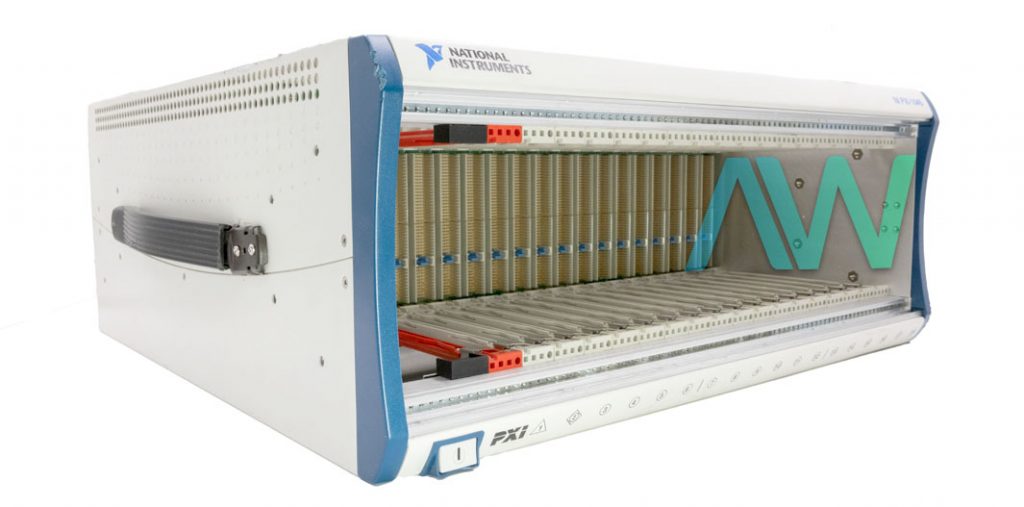In the ever-evolving landscape of semiconductor technology, the challenges of simplifying production tests and minimizing costs are paramount. A case study showcasing ideas from Concept Technologies- with the help of tools from NI and Konrad Technologies- offers a groundbreaking solution to these challenges. This case study demonstrates how automation and cutting-edge technology transformed the testing process of application-specific integrated circuits (ASICs).
The Challenge: Streamlining ASIC Production Tests
The initial hurdle was clear: simplify the production test process and eliminate the costly need for resoldering failed ASICs post-product testing. Traditional methods often involved labor-intensive processes and incurred additional expenses due to the rework required after tests.

The Solution: Automation and Next-Gen Technology Integration
Enter the solution – a strategic combination of NI hardware and software with Konrad Technologies’ KT-7500 Mixed-Signal Tester, working seamlessly alongside a Multitest MT9928 gravity test handler. The centerpiece of this transformation was the SCALE-2 chipset from CONCEPT, a next-gen platform designed for scalable insulated gate bipolar transistors (IGBT) and power metal-oxide semiconductor field-effect transistors (MOSFET) gate drivers.
The SCALE-2 chipset brought forth significant advancements in dynamic performance, accuracy, functionality, flexibility, and time to market. Leveraging the proven CONCEPT SCALE driver methodology, the design showcased state-of-the-art analog capabilities and a moderate digital feature size, resulting in an optimum cost-performance ratio.

The successful implementation of this solution involved a carefully selected set of hardware components, including the KT-ABex base system, NI PXI-1045 chassis, NI PXI-5122 high-resolution digitizer, NI PXI-4132 source measure unit, and Konrad Technologies DIG50IO with an NI PXI-7952R FlexRIO module. The software components were equally vital, featuring NI LabVIEW system design software, NI TestStand software, and Konrad KT-STAT for statistical analysis and evaluation.
System Development and Design: Precision and Innovation
The development phase saw the creation of a meticulously designed six-layer printed circuit board (PCB) in-house. Gold-plated contacts ensured minimal contact resistance to the KT-ABex test system. Safety measures, such as the use of antiserial Transil zener diodes, were implemented to guarantee voltages below 17 V for the high-speed DIG50IO field-programmable gate array (FPGA) card.
The DIG50IO Mixed-Signal Module, based on NI FlexRIO, played a pivotal role in the testing process. With 20 bidirectional channels, programmable levels, and high-speed patterns, it provided the versatility needed for rigorous ASIC testing.

The testing process involved running high-speed patterns, supplied by Konrad Technologies, and loading them onto the FPGA using NI TestStand. LabVIEW was instrumental in examining and evaluating the waveform according to the given ASIC chipset specifications. Result evaluation was further enhanced with Konrad Technologies KT-STAT software, offering a comprehensive view of accumulated measurement results in KT result format.
This case study exemplifies a paradigm shift in ASIC testing, showcasing how automation, next-gen technology, and meticulous system design can significantly enhance production efficiency. The successful integration of NI hardware and software, alongside Konrad Technologies’ expertise, not only addressed the initial challenge but also set a new standard for streamlined and cost-effective ASIC testing in the semiconductor industry.
The case study described in this blog post was originally authored by Sam Gasser from Concept Technologie AG.







